An executive’s Guide to Retirement
Countless executives retire with each passing year. Our executive’s guide to retirement can help you plan for your future.
WHAT YOU NEED TO KNOW
Stepping away from the business you played such a prominent role in can be complicated and the succession process requires careful planning. But in addition to formulating an exit strategy and ensuring that your business is positioned to succeed in your absence, it’s important that you also commit sufficient time to decide what the next phase of your life will look like.
As you plan for your own future, this executive’s guide to retirement will help you break down five important considerations:
- Planning for the lifestyle you want
- Anticipating health care costs
- Contributing to a deferred compensation plan
- Exercising your stock options
- Using your 401(k) and avoiding common mistakes
If you’ve started to consider retirement and are in need of some helpful tips, you’ve come to the right place.
Take the time to understand what you want
Retirement looks different for everyone. However, given your career track, it’s likely that after a few rounds at the golf course you’ll be itching for something that puts all of your experience to good use.
On average, executives step down at age 62, as found by the Harvard Business Review. While only a handful take on another job at this point in their lives, HBR also reported that almost all former leaders are contributing to the U.S. economy in several different ways:
- 1 out of 4 Fortune 500 CEOs become active in private equity
- 1 out of 2 assume leadership positions at nonprofit organizations
- 2 out of 3 serve on public boards
Additionally, many former executives teach within their field of expertise, and some even write books about what they learned over the course of their careers.
Before you formalize your retirement, take the time to sit down and consider what’s important to you. Ask yourself what you would like to make happen in the next stage of your life. Whether that’s actively working on a board, promoting a charitable cause, or spending time with family, having a clear roadmap can help you better understand your unique financial situation.
Plan for health care costs
Currently, Medicare eligibility starts at age 65, with some exceptions being made for specific conditions. However, if you and your spouse have both retired prior to becoming eligible, you have several options available to you to cover any surprise health-related expenses in the meantime:
- COBRA: Before retiring, speak with your company’s HR department. You may be able to continue your existing coverage for up to 18 months under the Consolidated Omnibus Budget Reconciliation Act.
- Exchange-based plans: As of today, the Affordable Care Act allows retirees to purchase federal or state insurance outside of the standard enrollment period.
- Health savings account (HSA): Purchasing a high-deductible health plan and opening an HSA can help you access lower premiums over time.
Health-related expenses can often creep up when you least expect them, and CNBC has reported that on average, a 65-year-old couple in good health should expect to pay $387,644 for health care throughout retirement.
Contribute to an executive deferred compensation plan
Are you maxing out your 401(k) contributions and still have funds left over? If you answered yes as a high-income earner, an executive deferred compensation plan may make the most sense for you.
Through this unique type of compensation plan, your employer defers part of your income so that taxes are only paid on it later down the road once you begin withdrawing from it. This strategy can help you to retain more wealth over time and remain in a lower tax bracket during retirement.
Before you begin making contributions to your plan, you’ll need to estimate your intended retirement date. Given the complex factors that go into this decision, working with a financial advisor might be the best way to determine the right timeline for you.
Exercising your stock options
In addition to standard stock options, as an executive, you also likely received Incentive Stock Options (ISOs) which fall under specialized tax considerations. Although ISOs can serve as a valuable source of income during retirement, there are tax implications you should be aware of.
With ISOs, you only report the taxable income when you sell the stock. However, while you don’t have to worry about taxes prior to selling, the difference between the grant price you pay and the fair market value when you exercise may trigger what’s known as the alternative minimum tax. This will make you ineligible for income exemptions intended for low- and middle-income earners.
To determine the best time to sell your options, you may want to consider contacting a financial advisor.
Using your 401(k)
If you’re retiring at the age of 59-and-a-half years or older, you can start taking withdrawals from your 401(k) without triggering the early withdrawal penalty. Just remember, you’ll owe income tax on each distribution from a traditional 401(k).
Additionally, there are some exceptions for those who leave their company at the age of 55. However, if those funds have been rolled over into an IRA, you’ll still be required to wait to avoid the 10% withdrawal penalty.
As you begin to plan your retirement and assess your 401(k), U.S. News outlined some key steps when it comes to building your long-term financial strategy:
Manage your costs
Be sure to go through any of the administrative or investment costs associated with your unique retirement plan. If the fees are relatively high, you can try moving your money into a low-cost fund with the plan or look for other account options that may be more reasonably priced.
Assess your investment options
Most 401(k) plans may have a limited investment selection. If you’re happy with the investments that are provided, there may not be a reason to switch. However, IRAs may offer a wider selection of investment options than your 401(k) plan. An IRA can provide potentially thousands of investment choices. That includes individual securities, mutual funds, bonds, and exchange-traded funds.
Decide how to handle your 401(k)
You have a handful of options when it comes to dealing with your 401(k) and depending on your circumstances, one might suit you better than the others. Consider each carefully before making a decision.
- Leave your funds in your 401(k): If you’re happy with the way your 401(k) is performing and would like to keep your funds in the account, you can do so. While this is likely the simplest way of handling it, you may find it difficult or burdensome trying to stay on top of multiple accounts at once.
- Rollover to an IRA: If you’d like access to a broader selection of investments or to consolidate your retirement accounts to make them easier to manage, rolling your 401(k) into an IRA could be an option.
- Cash it out: If you have a significant upcoming expense or would simply like to cash out your 401(k), you can withdraw from it incrementally or as a lump sum. However, you will be required to pay income taxes on these distributions in addition to a 10% early withdrawal penalty if you’re under 59½ years old.
Looking ahead to your retirement
As an executive, you have two jobs to complete before you pass the torch to the next in line: preparing the company and, maybe even more importantly, preparing yourself.
No matter which path your retirement leads you down, there’s one major question you’ll need to answer before leaving the board room for the last time: Do you have enough savings to retire comfortably? Depending on your assets, income sources, and the benefit package you may receive from your company, finding the answer to this question may be a little more complex.
A financial advisor can help you navigate the process to try to ensure your post-retirement experience is just as fulfilling as your career before.
Learn more with our retirement planner.
This material is intended for informational/educational purposes only and should not be construed as tax, legal or investment advice, a solicitation, or a recommendation to buy or sell any security or investment product. Investments are subject to risk, including the loss of principal. Some investments are not suitable for all investors, and there is no guarantee that any investing goal will be met. Certain sections of this material may contain forward-looking statements. Forward-looking statements are not guarantees of future performance and involve certain risks and uncertainties, which are difficult to predict. Past performance is no guarantee of future results. Third-party links are provided to you as a courtesy. We make no representation as to the completeness or accuracy of information provided on these websites. Information on such sites, including third-party links contained within, should not be construed as an endorsement or adoption of any kind. Please consult with your financial professional and/or a legal or tax professional regarding your specific situation before making any investing decisions.
Original article prepared by TIFIN Clout
© 2022 TIFIN Clout
Latest News
How much does college really cost?
April 2, 2025
How Much Does Your Bracket Pick Really Cost? We hope you're just as excited as we were for this year’s March Madness Tournament and finally getting down to F...
READ MORE...Big News for Retirees: Social Security Fairness Act Repeals WEP and GPO
March 27, 2025
If you or your spouse have worked in both the public and private sectors—or if you’re currently drawing a government pension—there’s important news that...
READ MORE...Managing Taxes on Your Investments
February 19, 2025
Presented by Scott Portlock CFP®, CLU® When it comes to your money, it’s not what you earn, it’s what you keep. Here are some ideas that may help le...
READ MORE...Loading...






